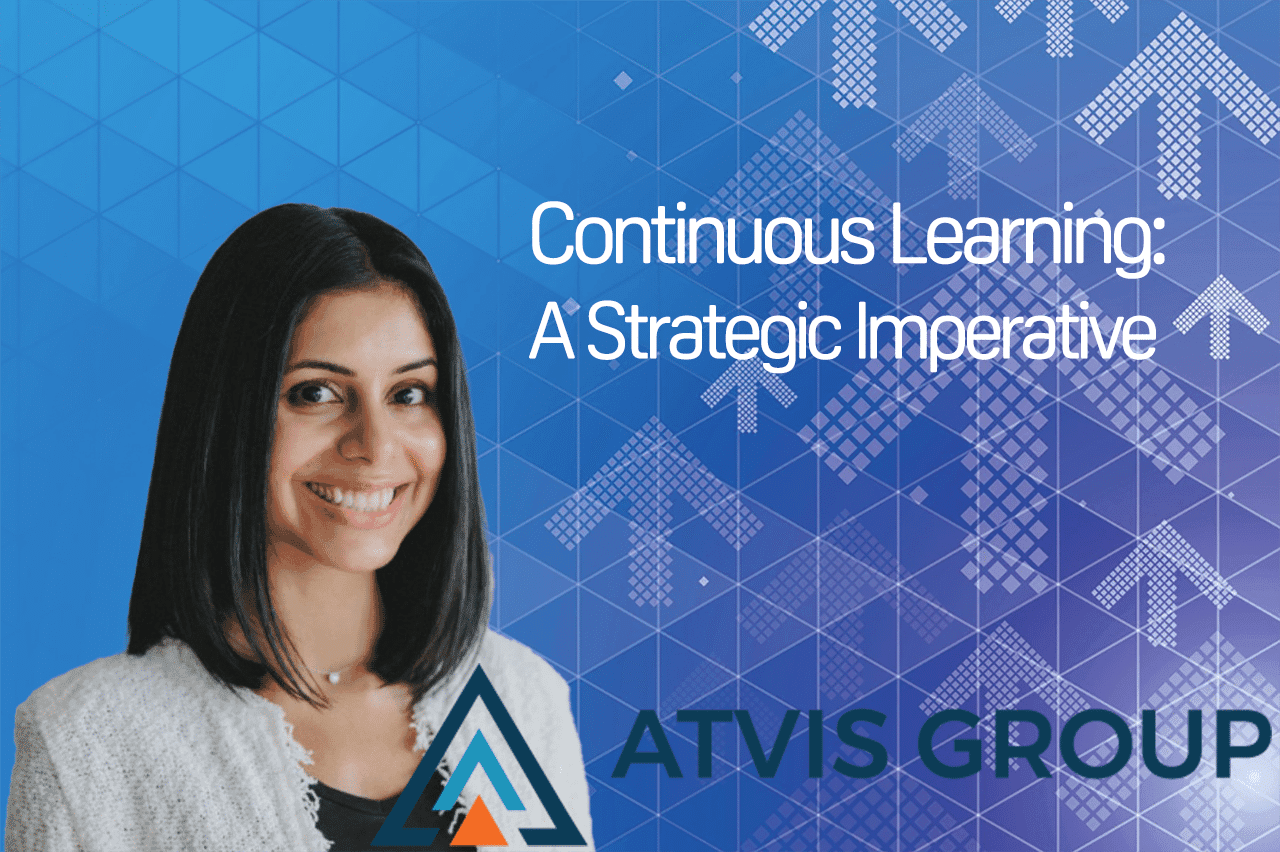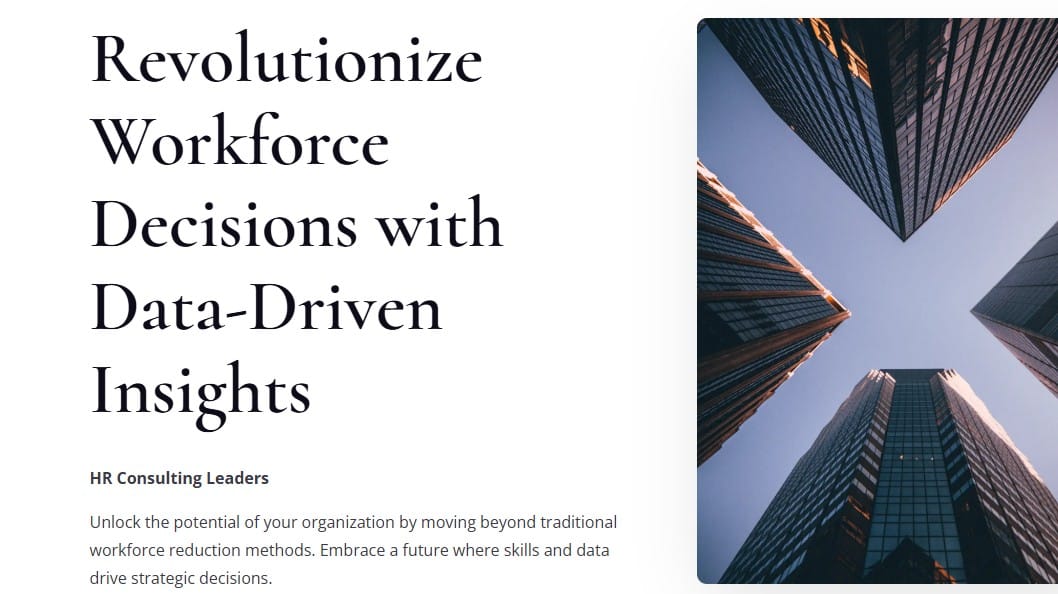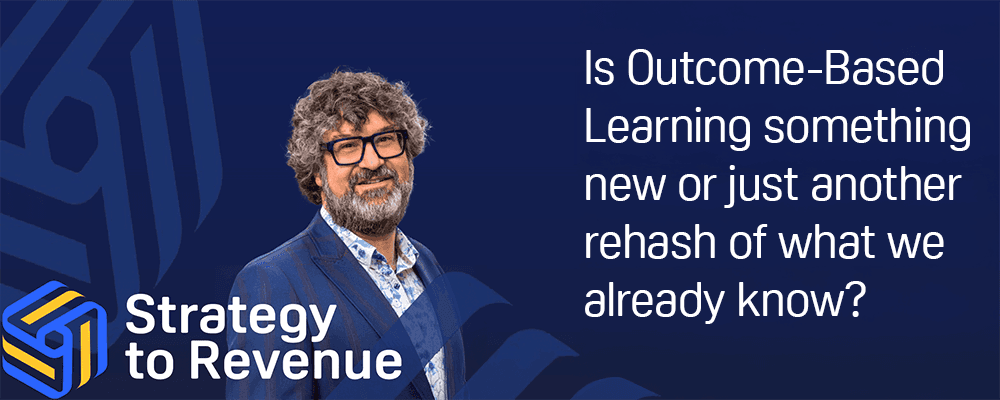The horrific state of the annual performance review
Performance reviews are arguably the most disliked process in your business.
Throughout the year, we track employee behaviors and activity, the number and quality of meetings they conduct, the volume of calls they make, how many keywords they use, closed cases, and so on, yet they typically revert to subjective measures when it comes to annual reviews.
But how does it benefit the employee or your business? Or will it simply take time and focus away from what is actually important: creating a more satisfying customer experience, driving growth, etc.?
What does an employee get from the annual performance review?
We’re on record about the banality of the annual performance review and have had several interesting conversations with colleagues and customers.
We attribute much of the annual review’s challenge to the lack of objective measurement and the misuse of personality (type) testing and subjective measurement mechanics. Understanding how people behave today vs. how you need them to behave to deliver your strategy can best be determined through the use of a competency model—however, they rarely work.
Here are some thoughts as to why that happens:
Reliance on Self-Reported Data
Furthermore, personality trait assessments often rely on self-reported data, which can be subject to biases and inaccuracies. People may answer questions in a way that they think will make them appear more competent or desirable, rather than providing honest answers. In addition, individuals may not have a clear understanding of their own personality traits, leading to further inaccuracies in the assessment results.
The operationalization issue
By far, the most common challenge is operationalization. Let’s describe the top 10 symptoms and see if you recognize them:
- Your organization has job families
- The model has roles related to the families
- It has levels within each role
- It has a description of what each competency is
- There is an agreed cadence of annual performance review in Q1 each year with a mid-year check-in
- KPIs are derived from the annual corporate goals as laid out by the leadership team, then sliced down at each level by function, team, and role.
- It has a spreadsheet to capture the results
- Bonuses, pay rises, and promotions are tied to the criteria of the model and performance KPIs
- Included is a set of corporate values that span all roles, in order to make sure there is a common set of competencies for everyone to be rated against in addition to their KPIs and role-based competencies
- Managers have been taught how the model works
So, you are all set then, right?
With great anticipation, you roll out your shiny new model, wait for feedback, and, lo and behold; there is no change in behavior.
You do some digging and are told it’s great, well done you.
After a while, you start to hear some unofficial feedback via the rumor mill. These are a selection of our favorites from our clients:
- Yeah, it’s ok, but we just pay lip service to it…
- It’s just not relatable to the jobs we do…
- People are feeling excluded by the process…
- It doesn’t matter how well I perform, I’m on my manager’s blacklist…
- The corporate values are not relatable…
- How can I measure being positive? I’m naturally a low reactor so it’s perceived that I’m negative…
- I’m very analytical so I consider my responses privately and analyze data before responding, which leads to a perception that I score low in the corporate value of ‘Speed’…
- I do my job really well, but there is no career progression here…
- There’s nothing in this for me, and it is meaningless…
So, what's the reality?
Increasingly, perception is becoming a reality. The perception is that for most, the annual review is not a positive experience. At best, it’s a gating factor to potential reward, and at worst, it makes the individual feel undervalued because they cannot achieve their goals. The commonality we have found is simple and falls into a few big challenges:
- The competency model at the heart of the annual review doesn’t deliver an outcome and is often deployed without context.
- It relies upon an individual’s manager’s ability to deploy it in a meaningful way.
- It is often rolled out in association with activities that are not about development.
- No one thinks about what is in it for the individual – it’s all about what the company wants from them.
So, why do we do this? We don’t want to force the manager into yet another one-to-one activity with the team—as if that’s a bad thing.
Operationalizing success.
We’ve found that communication, structure, and employee ‘buy-in’ are the keys to the successful operationalization of competence frameworks within sales groups.
To make Annual Reviews successful, you must:
- Work out what the organization seeks to gain from a competence model
- Demonstrate what is in it for your people and get their buy-in; this must start from the top!
- Ensure the model is relatable to the actual activities that your people do to be successful in their roles. Find a well-known performing person to advocate that the behaviors are right and that what they do will contribute to their success.
- Ensure your managers understand the model’s value to the organization as well as to them and their teams.
- Enable the managers to have the right discussions with their team members. Provide a structure that supports the managers and their teams so that the competence framework becomes the centre of their development conversations in a truly everyday way—not just annually.
Most importantly if you want to operationalize a model properly it must have a place in the organization and a value to the participants.




